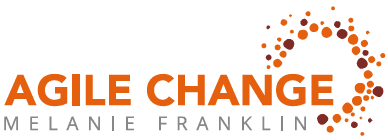With so many ideas for what we can update, improve and add to our work, the number of potential changes continues to accelerate.
One approach to slowing the pace and volume of changes is to future-proof our ideas, so the changes we make now do not need to be updated.
Also, by reviewing potential changes against a “future-proofing criteria” we can make sure that our changes are essential. This reduces the overall volume of change taking place, and increases our motivation because we know that what we are changing will be beneficial now and will still be valid even as other things change around us.
Practical future-proofing technique
To minimise unnecessary change and ensure that what I am changing makes sense now and in the future, I encourage everyone involved in the scoping and impact assessment of the change to review it against 4 broad categories.
I have identified these categories from extensive research into the most common transformations taking place globally, as well as reading global surveys of the issues facing CEOs; the trends in customer demands and staff engagement, diversity and inclusion and technological innovations which drive our ideas of how we will work in 2030; 2040 and even 2050.
These four categories are:
Use my future-proofing checklist to identify ways that you can make your changes to apply these criteria now, or to lay the foundations for applying these criteria more easily in the future.

After all, we might not be ready for more AI now, or be able to change a process immediately for more personalisation but by being aware of these factors, we can make design decisions in the present that enable us to add these things in more easily later on.
Future-proofing checklist
Use this checklist in conversations with anyone involved in scoping and assessing the anticipated impact of the changes you are making. You can also use this as the basis of a workshop activity with your team, which acts as an innovation opportunity and increases their ownership of the change.

When there are so many aspects of our work subject to change, we must think ahead, and try to anticipate how we will work in 12, 24 or 36 months from now. Only by doing this can we minimise additional changes and reduce the level of change fatigue that is now so common.
